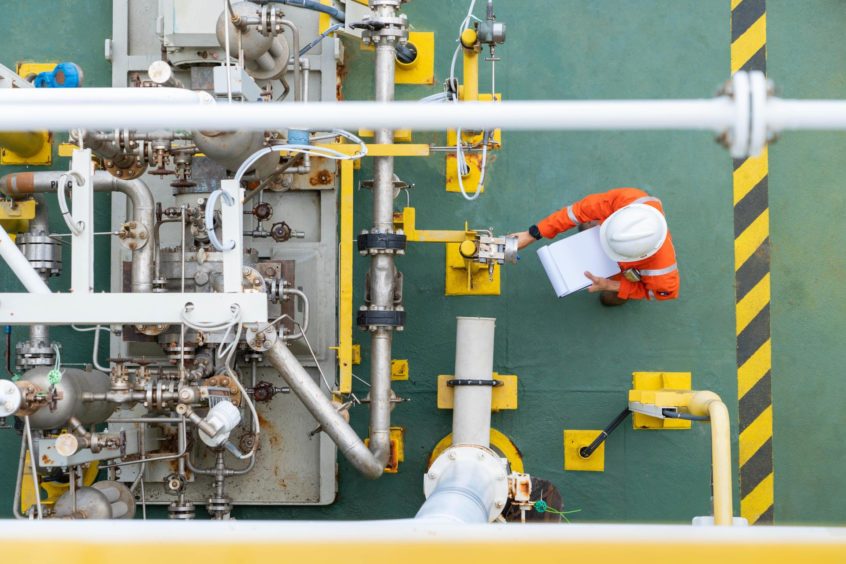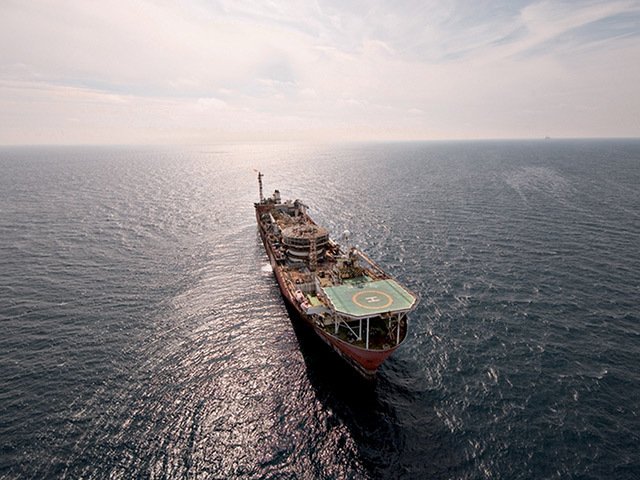
Last month’s OGUK HSE Conference was inevitably going to involve discussions on Covid. It is inevitable, but also incredible, to reflect on how fast the industry adapted and worked together to manage the pandemic.
We heard from more than one speaker how perilous the situation was in April 2020 – “we were very close to losing all helicopter operations if we had not got control measures in place.”
However, thanks to a collaborative response from industry and the mobilisation of the pandemic steering group, a path forward was agreed and a sense of control maintained.
In the months that followed, a very significant number of barriers to manage the risk of outbreak were implemented and they remain in place, constantly reviewed and adapted. As one operator reported, it has come at a huge cost: “We will probably have spent about £10 million by the end of 2021 on all of these risk mitigations.”
However, the conference looked beyond Covid and one of the key focuses of the event was very clearly Leadership.
The principles of process safety leadership were developed by an onshore working group following the Buncefield explosion in 2005.
In November 2019 the UK offshore industry followed with an amended agreement and principles signed by OGUK, Step Change in Safety, IADC, HSE and OPRED.
These eight principles require senior leadership team involvement and competence in safety management, putting process safety leadership at the core of the business to ensure that risks are properly managed and the workforce is engaged and involved.
The signing of the agreement was described as “a significant milestone for our industry”. However, HSE now report concerns around safety performance in the industry – “many operators are not sufficiently managing key controls”. And they believe it is leadership that is going to drive a reduction in major accident risk. Where do these risks lie?
Hydrocarbon releases has been a hot topic for a number of years. In 2018, HSE wrote to all offshore oil and gas production operators, demanding more action be taken to prevent the accidental release of oil and gas in the North Sea. HSE’s data now shows a falling trend in minor and significant releases, however this has levelled off. As for the major releases, although much less frequent, HSE says occurrences are unpredictable, but it is reasonable to still expect that there will be a “handful” for each year. To give a “major release” some context, each “major” is likely to be larger than the initial event that triggered Piper Alpha.
Secondly, significant concerns are being raised around safety and environmentally critical equipment maintenance backlogs. When the pandemic began, operators were forced to dramatically down-man, many reducing POB by more than half. The focus on the months ahead is to get this backlog under control. The HSE says that although some operators are taking action, “there is an unclear understanding within some organisations as to the size of the challenge. We also question whether some senior leaders have sufficient sight of the detail to be able to take appropriately informed decisions.”
Meanwhile, OGUK say that workshops begin in May on maintenance backlogs, to address sharing data, good practices and what industry should be doing going forward.
Additionally, there is the change in dutyholdership and new entrants to the market: HSE says it is focused on actively engaging with these companies to ensure they understand and implement UK standards. There is also the significant increase in decommissioning activity projected for the years ahead. And, of course, there are the huge changes required by the energy transition and the fundamental role the industry has to play in achieving the net zero goals. As HSE says, “it is imperative that safety is a core part of the technological development – we need to get this right the first time.”
The regulator’s warning to leadership is loud and clear, “HSE will start to inspect select dutyholders’ process safety leadership arrangements. Interventions will start in the second quarter of 2021 and run into 2022. We are looking for engagement at the most senior level and a positive culture.” HSE expects to see clear evidence that leaders are familiar with the eight principles and supporting text of the process safety leadership agreement, and “able to demonstrate that they have assessed themselves against them and have an ongoing improvement plan which they regularly review.”
However, against this backdrop of risk and challenge in the industry, there is cautious optimism. As Deirdre Michie put it, “there were glimpses of light that shone through the challenging year that was 2020. The events of the last 12 months highlighted that when faced with significant adversity, it is our ability to come together that does ultimately define us.”
Recommended for you
